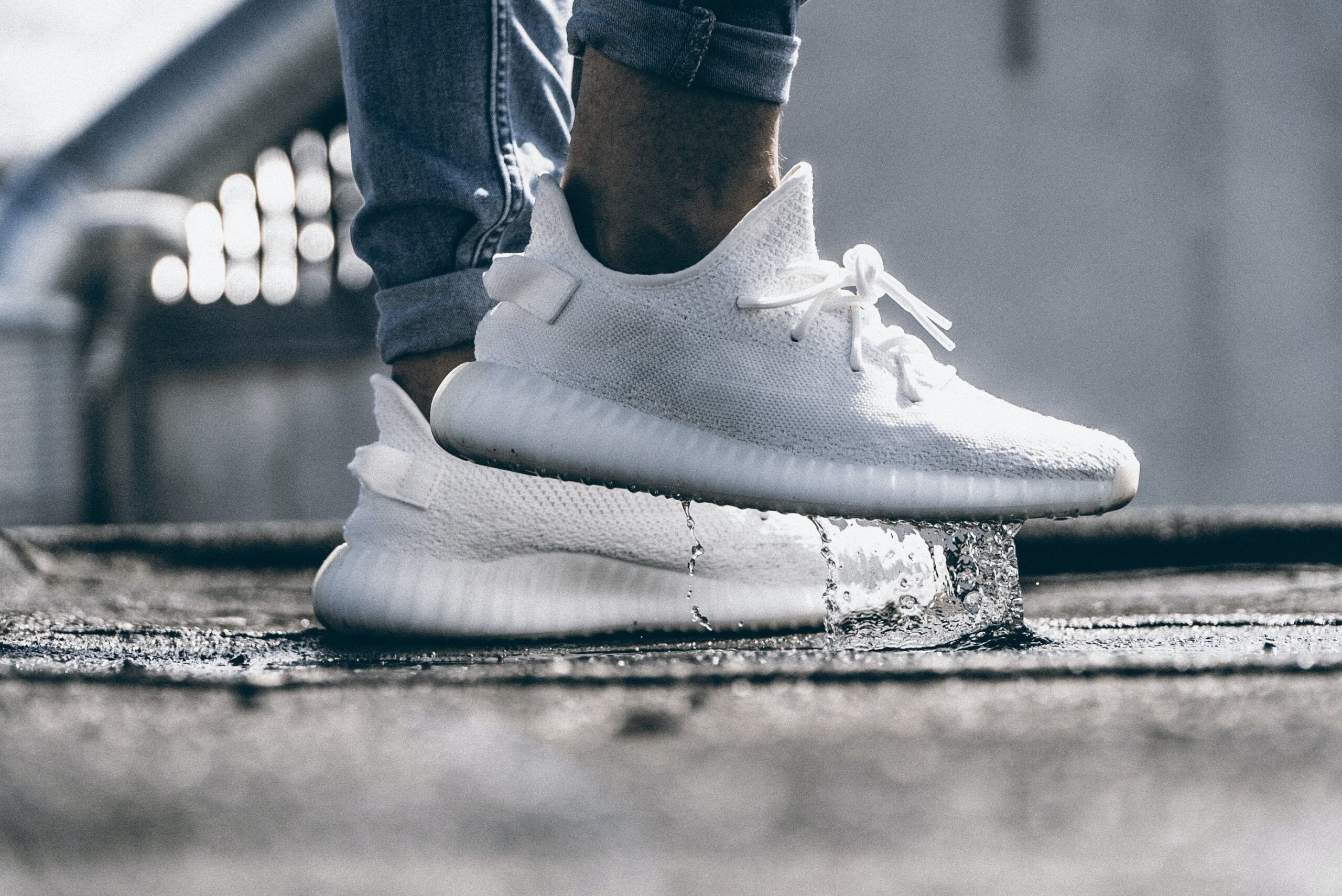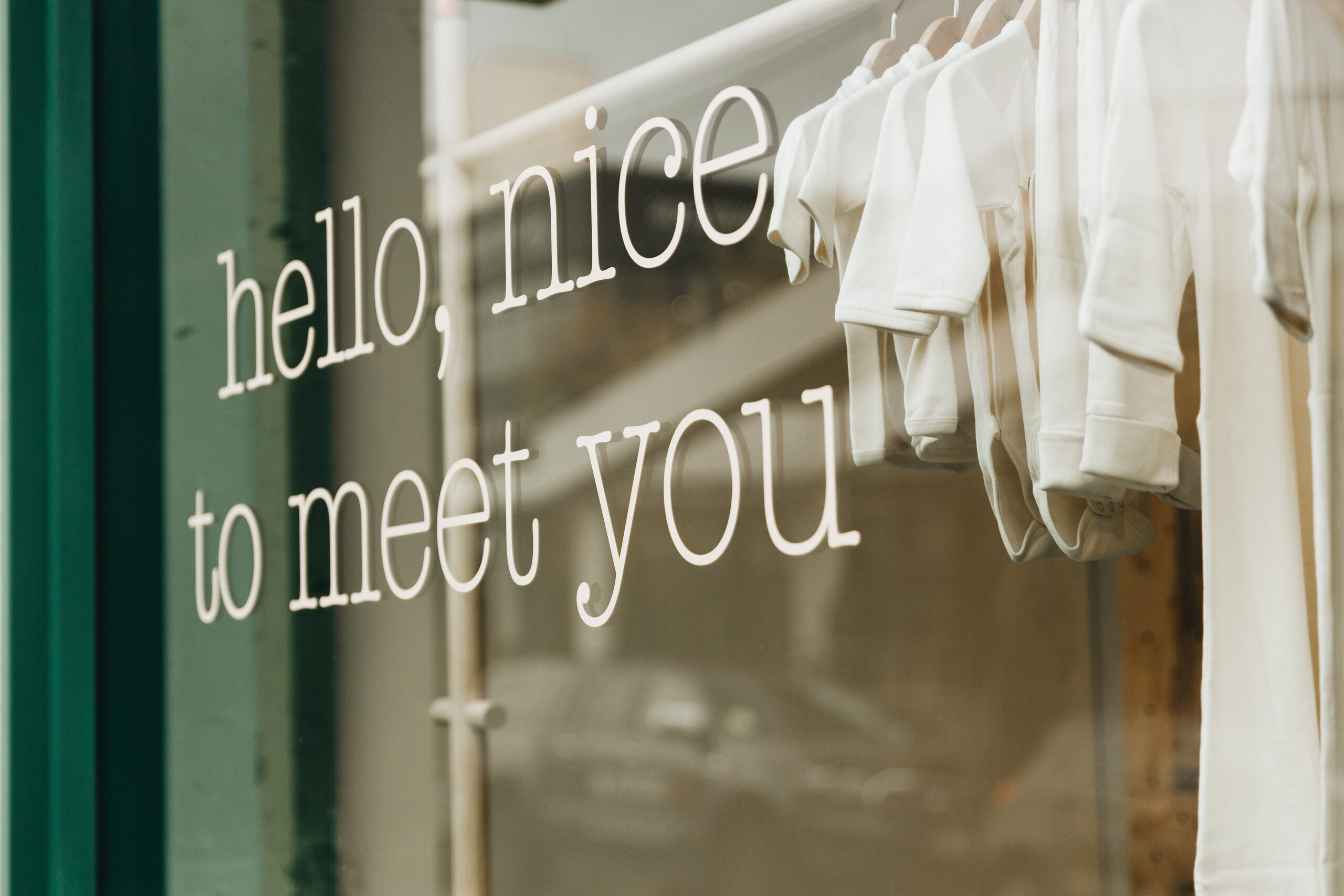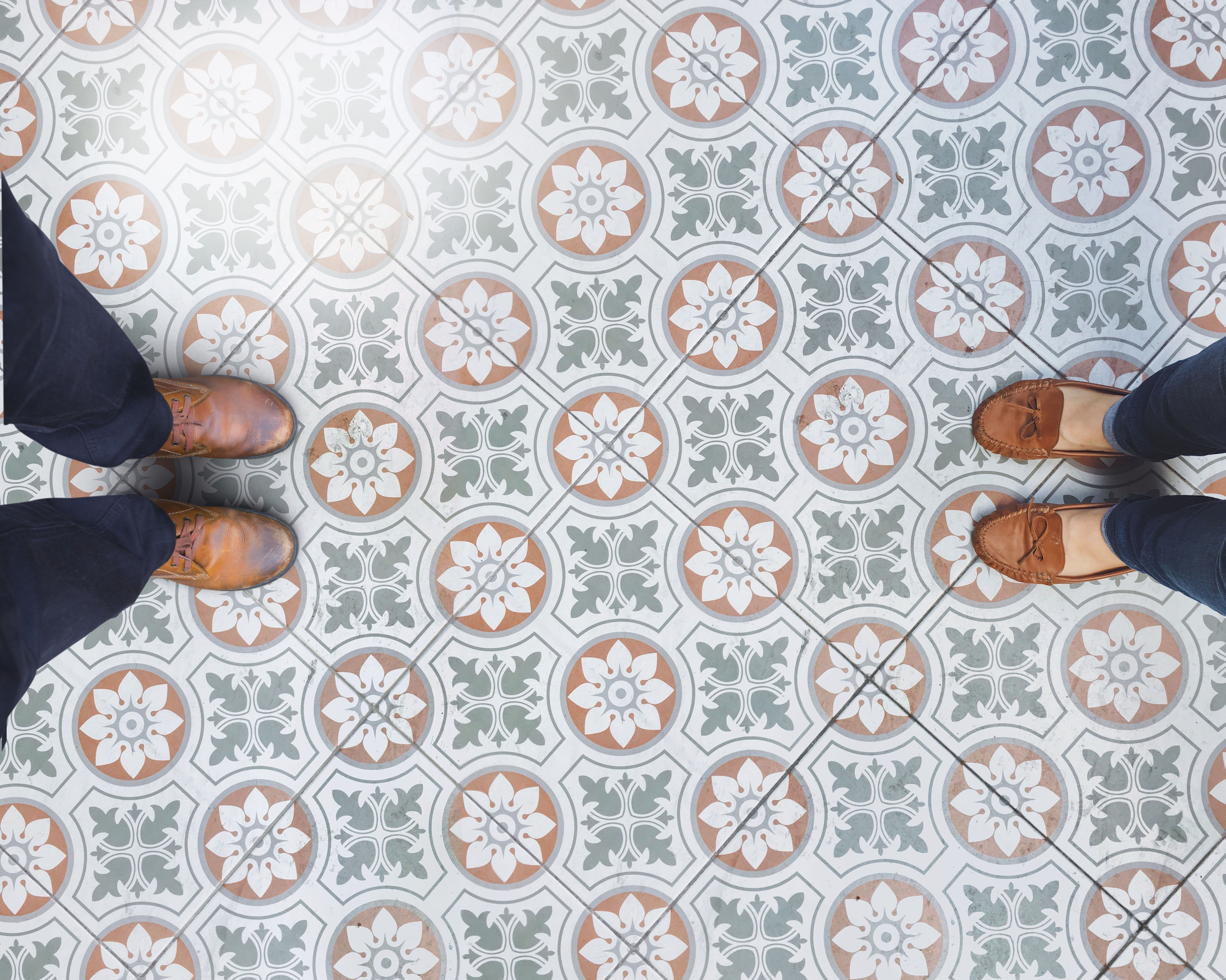Today Allbirds and adidas announced a collaborative project to create a sports performance shoe with the lowest carbon footprint ever recorded. While success is far from certain, not trying is no longer an option. Everything has a carbon footprint, and the production of a product emits carbon dioxide (along with other greenhouse gasses) which contribute to climate change.
The collaborative project is also dedicated to creating an athletic shoe that meets adidas performance standards, which are among the most stringent in the industry.
This partnership may seem like a surprise; even Brown said this morning that Allbirds had “joined forces with an unlikely partner’.
And questions are already are being asked of the partnership. Is adidas capitalizing on this partnership for its image, and is Allbirds a ‘sell-out’?
We think not. For sustainability to become the norm, and for sustainable products to be accessible to all, the industry desperately needs collaboration between players. As Allbirds Sustainability Manager Hana Kajimura says, “we must challenge ourselves to keep working together. We don’t need more high level industry commitments to carbon neutrality; we need more hands-on, in-the-trenches collaboration”.
This sentiment is echoed by other brands, including Ruby’s general manager Emily Miller-Sharma who says that Ruby openly states the ways it’s working to become more sustainable because this is an issue that needs to be addressed collaboratively by the whole industry.
“Sustainability is not a brand’s IP that you’re hiding from each other,” Miller-Sharma says. “I look at what everyone’s doing and if I see someone doing something cool, I ring them up and say ‘Hey, how do you do that?’ We’re sharing the knowledge so as an industry, we have the capacity to make great change.”
Turning to the partnership at hand, Allbirds and adidas’s collaborative effort promises to break down barriers in manufacturing and supply chain processes to set a new industry standard in the fight against climate change.
This can only be a good thing, and both companies acknowledge the mission is more significant than themselves.
Brown says “whether we realize it or not this is a race that we are all running together as a planet and it is one that trumps the day-to-day competition of individual companies. I am hopeful that this partnership will be an example for others to follow as we pursue a more sustainable, net zero carbon future.”
Delving a little deeper into Allbirds’ history, perhaps the partnership is not so unlikely after all. This is not the first time Allbirds has shared their efforts with the footwear industry, where most brands carefully guard their innovations.
Allbirds open-sourced the green-EVA foam at the core of their SweetFoam™ material in the hope that it would spur an industry-wide change to eliminate petroleum-based EVA from use in footwear. Kajimura explains that the more widely used the material is, the less expensive it will become.
“As larger and larger quantities are produced and our supplier dedicates more of their infrastructure to its development, it will become less of a niche, speciality material, and therefore costs less. So far, more than 100 brands have inquired about using the sugarcane-based EVA and more than 20 companies have products actively in the pipeline using the foam. We’re thrilled to see other brands adopting more sustainable solutions that are better for all parties.”
Ultimately, Brown’s hope is that the partnership with adidas will “catalyze other people to share both their best ideas and research so that we can work together in the fight to live more sustainably.”
“This is a problem that won’t be solved by one company alone”, Brown says.





